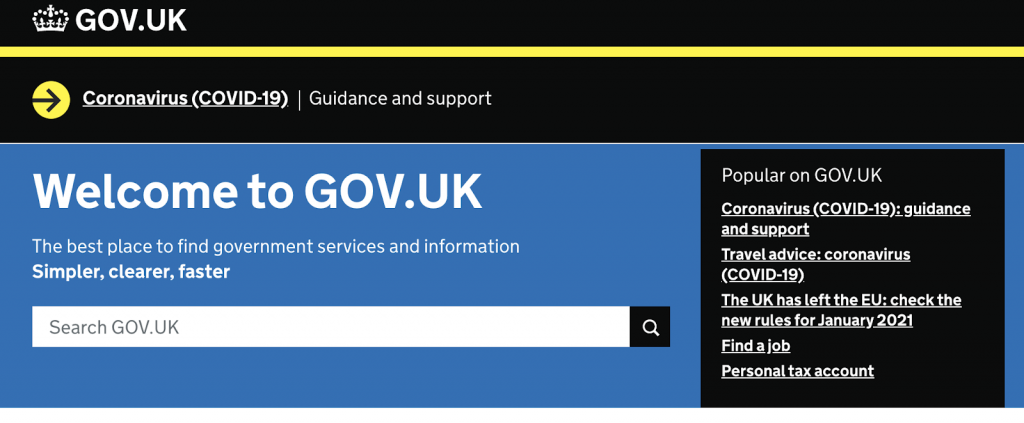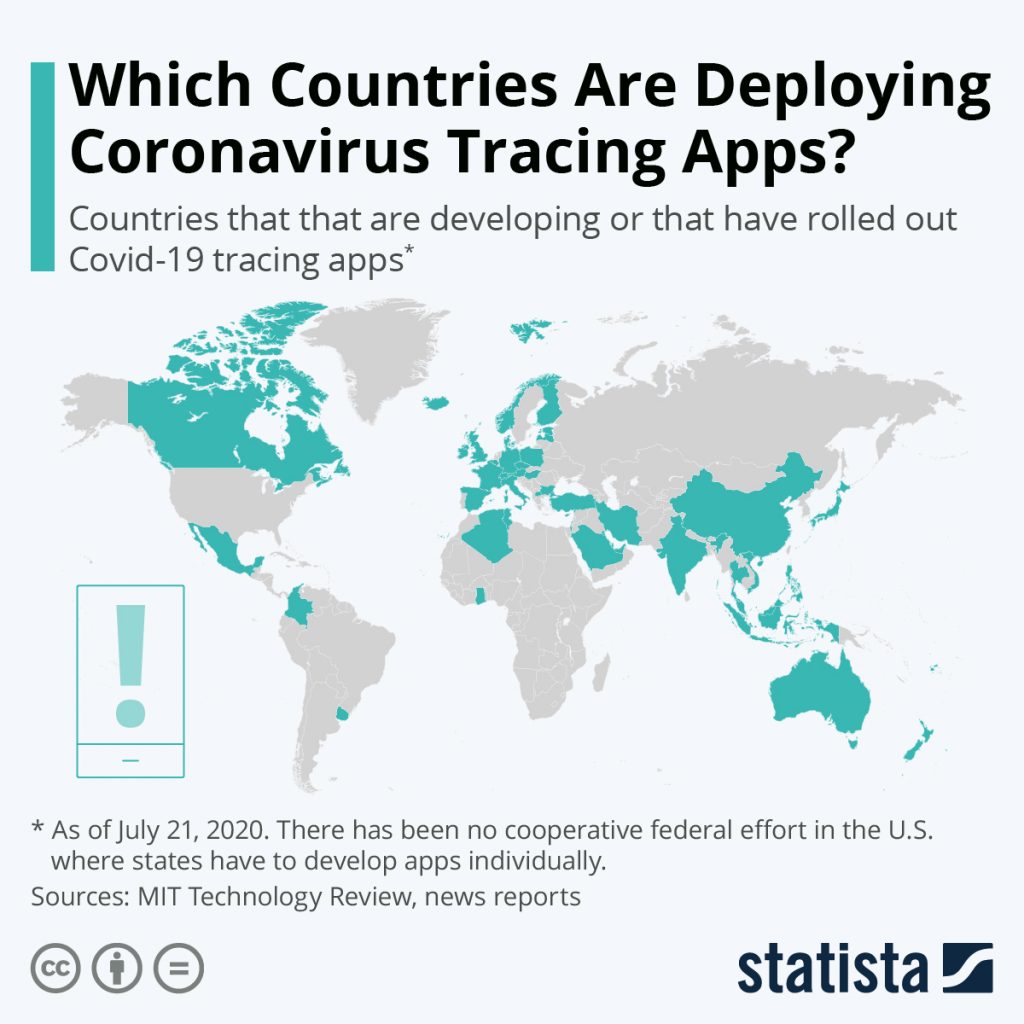The internet has rapidly changed our expectations about many of our day to day activities. We expect to be able to order groceries online and have them delivered to our front door at a time of our choosing. After making dinner, we expect to be able to sit down and watch the latest show streamed directly to our TV. But can imagine trying to renew your driver’s license as easily. One area that hasn’t quite caught up with our expectations is the intersection of technology and government.
Anyone who has tried to make an appointment for government services or to get a new passport issued, has found the experience to be full of frustration. Additionally, many of our interactions with the government haven’t changed over the last 20 years. There is still too much paper involved and too many lines that need to be physically stood in throughout the process.
Governments around the world have slowly realized that they will need to make the transition to offer their citizens more digital services, with more than 130 countries now offering online services. However, the results have been rather mixed. Countries like Estonia have led the way with their 1.3 million residents able to use electronic identification cards to vote, pay taxes, and access more than 160 services online. The United Kingdom’s gov.uk site acts as a one-stop information hub for all government departments.

This article will explore some of the benefits and challenges of public digitalization, as well as take a look at recent efforts by Germany to create a Coronavirus App.
Why and How Governments Make the Shift?
There are a wide range of reasons that governments are making the shift toward digitalization. EY provided the following broad categories in their recent report titled, “How does digital government become better government?”:
- Understand citizens better and achieve better outcomes
- Provide services more effectively and efficiently
- Find new solutions to policy challenges
- Engage with external partners to develop new delivery models
- Commercialize public service and gain new sources of revenue
To see what is possible when a government goes all-in on digitalization, let’s take a look at Estonia. Estonia began down the road towards digitalization relatively early after they declared independence from the Soviet Union in the mid-’90s.
Estonia really got the foundations right quite early in the process. Whenever you look at modernizing an administration, providing digital services, or just providing better services to citizens, you need to put several things in place, which they did early on.
Arthur Mickoleit, Senior Principal Analyst at Gartner
They focused on three key foundational projects:
- Digitizing public registers to provide the necessary information to support e-services
- Building the X-Road platform that connects the different private and public systems and allows them to share information.
- Give citizens the ability to securely access online services with a digital ID card and make digital signatures equal to handwritten signatures.
These steps helped both the general public and government employees get familiar with completing transactions online. This was helpful as additional government services started to expand online, everyone was able to quickly adapt and just shifted to using the services digitally. The result is that today, 99% of all public services are available online 24/7. Over 30% of Estonians use i-Voting and they estimate that reduced bureaucracy has saved over 800 years of working time.
Some other less talked about services include the ability to get an electronic prescription, which can be used at any pharmacy in the country. An app that lets you find your perfect Christmas tree in the forest, cut it down and then pay for it all on an app. Register a new business online in less than 20 minutes, and pay for your parking with your phone.
Speed Bumps Along the Road to Digitalization
While Estonia has shown that governments can embrace and thrive during the digitalization process, for many other countries the transition has not been so successful. Digital transformations require changes, in the form of both processes and IT systems, which are inevitably more challenging for the public sector than the private sector. A joint study by McKinsey and Oxford University found that public-sector IT projects that require business change were six times more likely to experience cost overruns and 20% more likely to run over schedule than comparable private sector projects. This helps to play into the stereotype that the government is inefficient.
Another stereotype about the government is that the employees are less efficient and not up-to-date with technology. The report, Digitalisation and Public Services: a labour perspective released at the end of 2019 takes the pulse of 20 public sector trade unions around the world. The findings suggest that much of the impact of digital technologies in the public sector depends on how they are regulated and used and whether workers and their unions have any input into the process.
Some of the concerns raised by the public sector workers are:
- Frequently the interests of private corporations are driving the introduction of digital technologies in the public sector.
- Corporate-led digitalization is regularly associated with the public service user and data privacy abuse, which results in a worsening of public service quality and efficiency.
- Cost-cutting driven digitalization tends to act as a replacement for public service jobs. New technologies are often used for worker surveillance and performance monitoring, leading to an increase in working time and new job tasks.
Digitalization in the public sector is inevitably more complicated than in the private sector. Some additional stakeholders’ needs have to be considered during the process. While Estonia remains a success story, it isn’t something that can be easily replicated in other countries around the world.
Case Study: Corona App Development in Germany
The outbreak of the coronavirus sent much of the world scrambling and trying to cobble together a government response. It also exposed the weakness of government systems that weren’t able to function digitally. These impacts were also felt in Germany which has recently been making a strong push to increase the digitalization of public services.
A survey of 160 local German administrations in mid-June 2020, showed that 92.4% said that the pandemic has shown that Germany needs a considerable push to accelerate digitalization in the government sector. While 85.6% said they were pleased with their administrations’ handling of the coronavirus response, nearly a third (27.7%) said that their experience had altered their stance towards digitalization. When gaging their place on the digitalization curve, 23.3% acknowledged they were lagging, 61.1% said they were average, and 15.7% thought they were leading the way.
On one side there was a very positive assessment of how government coped with the crisis. But there is also a clear message for the need to speed up the digitalization of government and the move from home office and video conferencing to providing online services for citizens.
Gerhard Hammerschmid, Hertie School Professor of Public and Financial Management and Director of the Centre of Digital Governance
But the coronavirus crisis also presented the German government with a new challenge, building a corona app that was capable of helping with contact tracing associated with the virus. As the chart below shows, Germany was not alone in its digital attempts.

To develop the app, the government teamed up with the software giant SAP and Telekom subsidiary T-Systems. The app uses Bluetooth to measure whether, over a long period of time, mobile phone users have moved closer and then stores this data on the smartphone. All of this takes place in the background using cryptographic keys that are constantly transmitted and received. After two weeks, all IDs are deleted.
The app was widely praised upon release and got high marks from privacy advocates for having protections in place. Therefore, it looked promising when in the first week after the app was launched, 15% of people living in Germany downloaded the app. Given that scientists from Oxford have indicated that a tracing app can be effective if it is adopted by at least 15% of the population, this was a good starting point for the German tracing app.
However, by late July 2020, the German government was slowly realizing that digitalization is more than just a successful release, it means constant maintenance. Reports began to surface in the media that the app had not been working properly for up to five weeks due to an issue affecting millions of Android and Apple devices. It appears that some operating systems had blocked the app from running in the background to save power.
The result was a general loss of trust by the public which had entrusted the government to keep them safe and calls from politicians for answers into how it happened. Jens Zimmermann, the center-left SDP’s spokesperson for digital policy said, “It is more annoying that the responsible politicians are hearing about this matter from the media. I would have liked to see open communication from the Health Ministry.”
The coronavirus tracing app developed by the German government shows that there is a demand, especially in uncertain times for innovative digital-based solutions. The engagement level of the general public also shows that there is a willingness to engage with digital solutions. However, it also highlights some of the pitfalls of government digitalization in the form of competing parties within the government and difficulty working with third-party contractors. But the continued push towards digitalization by governments around the world will continue and shows no signs of slowing down.





